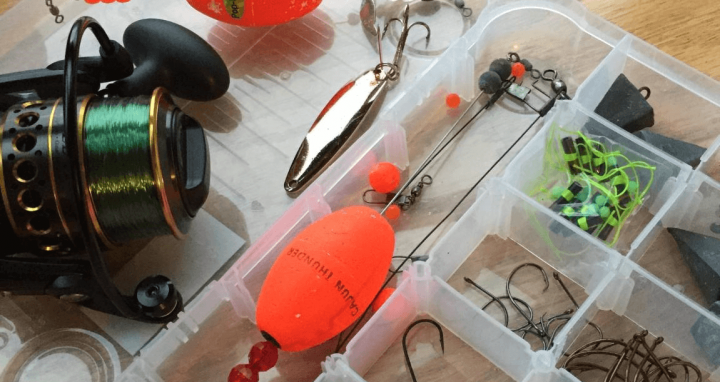Some lessons gnaw at your memory for years. A group of highly skilled fly fishermen stood on the bank of a well-known river visiting and talking about nothing important. Suddenly, within casting range, a trout kept rising and picking insects off the surface. One of the long time anglers began casting a dry fly upstream of the fish, letting it float past the target. Nothing happened. He made cast after cast, watching the trout ignore his offering and keep feeding on the real thing. I saw it happen. For no particular reason, the angler made a cast that was slightly (and I mean slightly) different from all the others. The trout rose and took the fly.
Witnessing that made me totally aware that success or failure when fishing an artificial lure could hinge on a factor almost too minor to notice. I’ve seen times when vibrating your wrist when retrieving a plug spelled a strike while simply cranking the reel proved futile. There have been times when a momentary pause in reeling a plug allowed it to rise slightly and that made the difference.
A tackle box full of different artificials is not the answer. You can get by with a half-dozen different baits once you learn how to fish them effectively. The basic rule states that if you are not getting strikes, vary the retrieve. Fish are cold-blooded and react slower and for shorter distances as the water temperature drops. When a fish is holding in one spot waiting for food to come to it, your cast and retrieve should follow that pattern. And keep in mind that your favorite lures on your home waters work just as well on the road. I’ve caught the same species on the same lure a continent apart.
In your selection of lures, you want to be able to cover the water column from the bottom to the surface. That doesn’t mean each bait has to travel that distance, but rather that you should have some that work the bottom, others for the surface, and the rest in between at mid-depth. Fish see differently than we do. What looks good to you may not tempt a fish into striking. And, if there are standards and rigid laws, I haven’t learned them. I’ve caught sailfish on a plastic worm rigged for largemouth bass and another one on a cigar. My wife caught a sailfish deep jigging with a white bucktail.
The key to success with artificial lures is not the baits you choose, but their presentation. It has to look edible to a fish and trigger the desire to strike. Part of that presentation has to appear that the lure is trying to escape. All predators expect their next meal to try to get away from their jaws. No predator expects to be attacked by its prey.
I can’t help but think about that trout on that memorable day. The untrained eye could not see that the fly floated just a hair differently when the fish sucked in the dry fly. Look for subtle differences in your retrieves and your catch ratio will become impressive.
That should make you smile.
